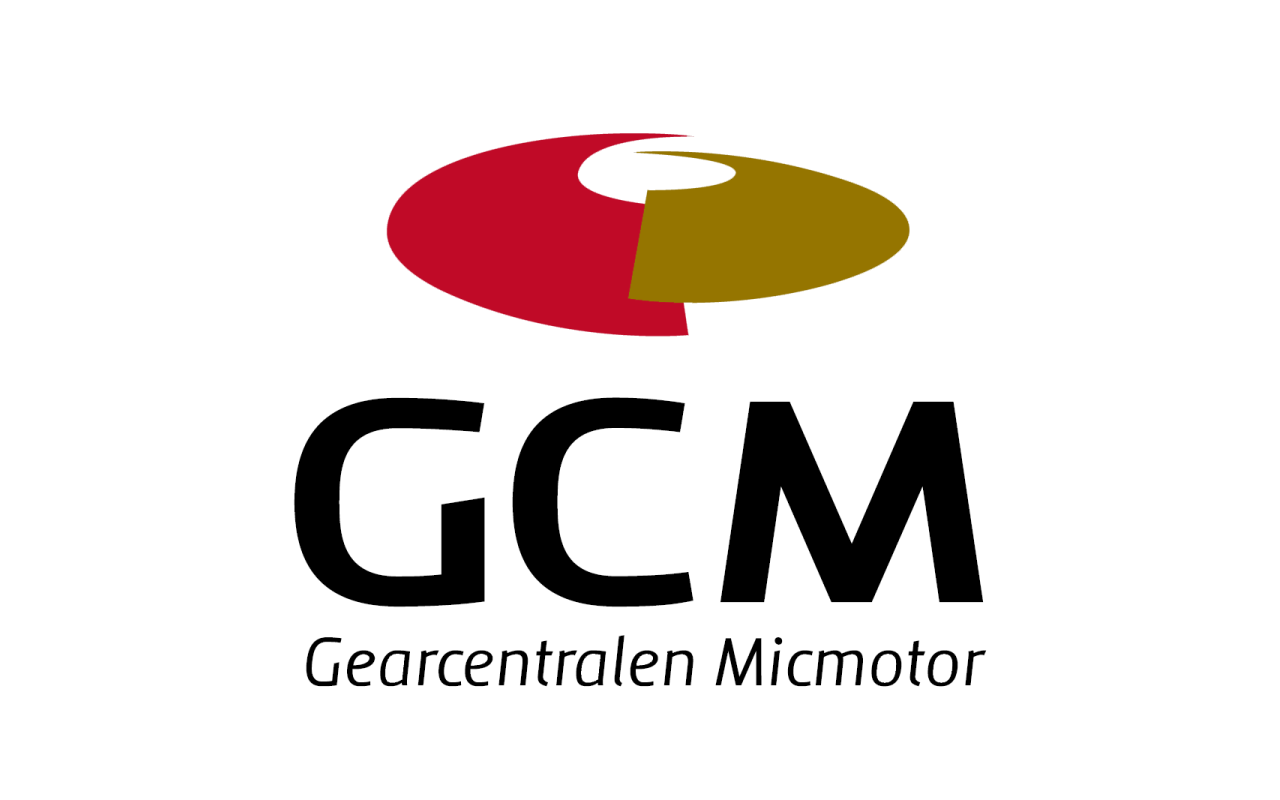Last updated: 31/1/2024
When electric motors work in extreme or dangerous environments, there are several considerations and solutions for the design that must be decided upon. In many cases, it is the motor itself that works in the extreme environment, while the drive electronics are protected from hazards.
In this post, we look at the challenges with motor performance and design considerations and solutions needed when a motor operates in extreme environments.
The environments are: Extreme temperatures | Vacuum | Clean room | Water | Hygienic | Explosive | Radiation | High vibrations and shocks
Types of environments
Extreme temperatures
Electric motors are typically classified for industrial environments with an ambient temperature of 40o C. However, operating temperatures can vary from -10 o C to 50 o C. In certain applications such as cooling and refrigeration, temperatures can be even lower, down to -40 o C or lower.
All motors are classified according to the maximum temperature increase that the motor windings can withstand in relation to the ambient temperature. This classification is often stated as e.g. F, H or J.
In hot environments, the motor’s torque is limited by its ability to dissipate heat to prevent overheating of the motor windings. To adapt the motor to this environment, you can, among other things:
- Adjust motor performance based on the difference between nominal and actual ambient temperature.
- Improve the insulation system with higher-rated insulation, which allows for a higher temperature rise.
- Apply air cooling by directing air over or through the motor.
- Use liquid cooling by supplying liquid through a custom motor housing.
In cold enviroments, the motor is affected in other ways. The bearing grease can become thick and stiff, which can impair motor performance. In addition, the motor materials can become brittle, which can lead to breakage. To meet these challenges, you can, among other things:
- Choose motor materials suitable for low temperatures.
- Use low-viscosity grease for the bearings.
Vacuum
Standard motors are designed to operate in a limited atmospheric pressure of approx. 1 bar. In certain applications, such as machining, critical devices, and aerospace, it is necessary to operate the motor in a vacuum.
In a vacuum, there are no air molecules to transfer heat by convection. This can lead to overheating of the motor, as heat can only be dissipated by conduction and radiation. To prevent overheating of the motor in a vacuum, you can, among other things:
- Limit motor performance, which reduces the amount of heat produced.
- Use heat conductors to transfer heat from the motor to a cooling fin or liquid cooling system.
- Choose motor materials that have good thermal conductivity.
Choice of motor material and bearings is also important in a vacuum. The motor materials must be resistant to vacuum-related challenges such as degassing and decomposition. The bearings must also be designed to operate under vacuum conditions, as the bearing grease may lose its effectiveness.
See our solution for the Ørsted Satellite here, where we at GCM developed a differential that had to function under both large centrifugal forces and in an environment with total vacuum.
Clean room
Clean rooms are controlled environments designed to limit the amount of particles in the air. They are often used in industrial vacuum applications where even small amounts of contamination can have a negative impact on the process.
The choice of materials for a motor used in a cleanroom environment is critical to ensure that the motor does not contribute to pollution.
Particular attention must be paid to the degassing properties of motor materials. Materials can outgas molecular particles when exposed to heat or a vacuum. These particles may contain impurities that can contaminate the cleanroom environment. Depending on the clean room class level, materials used in the motor construction must be tested for degassing properties. The class is a number that indicates the amount of particles that are allowed in the air. The higher the class, the less pollution is allowed.
Materials with high degassing properties such as lead wire, bearing grease, and shaft seals should be avoided in motors for clean rooms. These materials can outgas particles that can pollute the environment.
Alternative materials such as copper wire, siliconite, and rubber, on the other hand, have lower outgassing properties. They are therefore better suited for use in clean rooms.
Water
Electrical motors and water are usually not a good combination. Standard motors are rated for dust and moisture sealing based on an IP rating, with most designs rated at IP40-IP54. Wet environments, on the other hand, require ratings of IP65 or higher.
In the food industry, there is often a need for protection against water splashes and corrosion. This may be due to the motors being located near horizontal surfaces that may splash water onto the motors. In other cases, the motors may be subjected to high-pressure flushing or periods of immersion in water.
Submersible applications require not only protection against water ingress but also consideration of higher pressure conditions. This is because the pressure in the water increases the deeper the motor is submerged.
Different sealing methods prevent unwanted water ingress that can cause corrosion of internal materials. Adding seals does not always result in a robust water-resistant design. A motor that is considered well-sealed can sometimes experience challenges related to internal pressure in combination with motor heating and cooling.
When the motor temperatures rises, the internal pressure affects the seals outwards. As the motor cools, the internal pressure is reduced, which pulls the seals inward. This continuous bending of the seals will cause them to fail over time. If the motor is allowed to “breathe” as its temperature rises, the internal pressure will not increase and cause wear on the seals. This can be achieved by adding an airlock to the motor.
Submersible electric motor designs often include an internal, non-corrosive fluid and a pressure bladder that can absorb pressure changes when the motor is submerged at greater depths.
Hygienic
Hygienic environments, such as those found in the food industry, require strict cleaning and disinfection requirements to prevent the spread of disease. This also applies to electric motors used in these environments.
Standard motors made of aluminum or steel are not suitable for use in hygienic environments. This is because these materials can oxidize and form surface irregularities that can promote the growth of pathogens.
Stainless steel is therefore preferred material for motors used in hygienic environments. Stainless steel is resistant to corrosion and has a smooth surface that is difficult for pathogens to grow on.
As in wet environments, sealing is important in hygienic applications to prevent pathogens from entering the motor. The motor must therefore be sealed against water, oil, and other liquids.
The design of the motor in general is also important to promote hygiene. The motor housing must have rounded edges to prevent liquids from accumulating. There must also be no joints or connecting parts that can collect liquids. Any flat areas should be sloped to ensure liquids can drain.
The sealing requirement for motors in hygienic environments is typically IP69K. This means that the motor is protected against high pressure, high temperature, and corrosive chemicals.
Explosive environments
Explosive environments such as those found in grain elevators, flour mills, textile mills, and other facilities where flammable gases, dust, vapors, or fibers may be present require special motor designs to prevent explosions.
Explosive hazards can occur when flammable materials come into contact with oxygen and a spark or flame. In an electric motor, a short circuit in the windings can create a spark that can ignite flammable materials in the environment.
Different types of explosion-proof motors are designed with several features that help prevent explosions. These features include:
- Sealing: The motor is sealed to prevent flammable materials from entering the motor.
- Isolation: The motor is isolated to prevent short circuits from causing sparks.
- Spark limitation: The motor is designed to limit the spread of sparks or flames if they occur.
Motors in explosive environments are classified based on the type of explosive hazard they are designed to handle. These classes are subject to various safety standards, such as UL in the US, ATEX in Europe, and CCC in China.
Radiation
Radiation can be a challenge for electric motors used in environments with high radiation levels, such as near nuclear reactors or in outer space. Radiation can cause the motor’s materials to degrade, leading to malfunction or even breakdown.
The level of radiation in an environment is typically measured by looking at the total amount of radiation absorbed over a certain time.
Standard motor materials, such as aluminum and steel, are not suitable for use in environments with radiation. These materials are degraded by radiation in a very short time. A radiation-hardened motor, on the other hand, is designed to resist the harmful effects of radiation. These motors use radiation-resistant materials such as copper, ceramic, and carbon fiber.
However, radiation-hardened motors are typically more expensive than standard motors and require regular maintenance to ensure they function properly.
High vibrations and shock
Standard electrical motors are designed to handle vibrations that typically occur in industrial environments. However, excessive repetitive vibration levels or sudden shock vibrations require additional motor considerations.
The direction of the shock and the frequency of vibration determine which options are best for mitigating potential motor damage.
A common solution involves choosing a bearing system. Bearings are an important component of a motor as they support the rotor and reduce friction. Bearings may be subject to significant stress from vibration and shock.
To improve vibration damping, you can choose bearings with the following properties:
- Low friction: Bearings with low friction can help reduce vibration.
- High stiffness: Bearings with high stiffness can help withstand shock.
- Damping: Bearings with damping can help absorb vibrations.
In a high-shock environment, it is also important to choose a robust feedback device that can withstand shock. Feedback units are i.a. important to ensure that the motor runs correctly. An encoder with a fragile glass disc is not a good choice in such an environment. Instead, you can choose a resolver that is more robust.
In addition to the bearing system and feedback device, there may be other options for mitigating vibrations and shocks. These may include:
- Motor mounts: Motor mounts can help absorb vibrations.
- Motor damping: Motor damping can help reduce vibrations.
- Motor guard: Motor guards can help protect the motor from shock.
Conclusion
Electric motors can easily function in challenging environments, although it can be difficult to find the right design. However, several motors operate successfully in the mentioned environments.
At GCM, we are happy to help you find the right motor type for your project or application. We have over 35 years of experience in motor and gear technology and over the years we have helped several companies from different branches and industries. Please take a look at some of the cases that we have helped solve.
Contact us by creating an inquiry in the form or call us on tel. 74 42 18 64 for a non-binding chat about the possibilities for collaboration, so that we together can find the best solution.
You are also welcome to send us an email at info@gearcentralen.dk with the specifications of your project, and we will get back to you as soon as possible.

